For some people, hair removal is often necessary to achieve smooth, clear skin. However, there are a number of treatments to consider for successful hair removal.
There are many questions to ask… How should you look after your skin before and after waxing? What types of hair removal are best for us? How can we avoid irritation when epilating? etc. Here are 3 essential tips for successful hair removal.
1/ Choosing the most suitable hair removal method
When it comes to waxing, you have two options: waxing yourself or going to a wellness institute. Instead, we’re going to give you some advice on the different do-it-yourself hair removal methods.
Of all the different ways of doing it, we know that the quickest is the razor. But at what cost? To get results that last longer, it’s better to choose methods that are more practical over time. Why shouldn’t you use a razor? Quite simply because they only cut the hair on the surface of the skin. As a result, the hair bulb unfortunately remains in your epidermis, to grow back again.
We recommend that you opt for waxing, if you’re feeling up to it! It removes all the hair. Over time, your hair will grow back more slowly, becoming thinner and less dense.
Another technique you can choose is the electric epilator. To decide on the right epilator, you need to make the right choice. Not all epilators are made for you, and even less for your skin. With this method, you can epilate every two to three weeks while removing your hair at the root.
Another option is depilatory cream. The difference with the razor is that your hair retains its root but grows less quickly. Finally, eyebrow tweezers are a good way of looking good for people who also like to wax their eyebrows.
2/ How often should I wax ?
How often you wax is not something to be taken lightly. There are several situations that can prevent you from waxing. For women, the menstrual period is not the ideal time to remove your hair. The right time depends on the hormonal changes in your menstrual cycle. As you may not be aware, the sensitivity of your skin also depends on this. Hair removal in the middle of your cycle remains the best solution.
When it comes to hair removal, you also need to take into account the condition of your skin. Ladies and gentlemen, learn to observe your skin for better hygiene. Healthy skin is essential for safe hair removal.
We advise against touching your hair if you have any injuries, lesions, irritations, redness or inflammation. It’s better to treat yourself before touching it to avoid damage!
As explained above, the method of hair removal will help you decide how often to epilate. Whether you choose the razor, wax, electric epilator, depilatory cream or tweezers, the time between each session must be strictly respected to protect your skin.
Depilating every day, for example, weakens your skin and hardens your hair. This is especially true with waxing or electric epilators, as hairs only grow every 2 to 3 weeks. As for razors, if you prefer to take the risk, it’s best to use them once a week, and depilatory creams every 10 days on average. As for tweezing your eyebrows, 1x a week or every 10 to 15 days.
3/ Preparing your skin before waxing
We advise you to exfoliate your skin fairly regularly if you want to make your epilations a success, increase their effectiveness and get rid of as much hair as possible. On average, every 10 days, before taking a shower, make sure you exfoliate all the areas you want to remove.
This will help you avoid ingrown hairs (hairs hidden under the skin). As well as the benefits for your skin and body, it will also make it easier to remove certain stubborn hairs. We recommend that you choose organic or homemade scrubs for healthier skin.
It’s important to remember that progress in preparation for hair removal increases the chances of success. Why is this? Quite simply because good preparation means you’ll have beautiful skin in the long term.
Thanks to our 3 tips, you’ll have a great experience if your epilation is a success. This routine will help you take better care of your skin after waxing. You’ll be able to moisturise your skin using plant oils such as olive, jojoba or avocado oil. Ready to start waxing? Take the plunge!

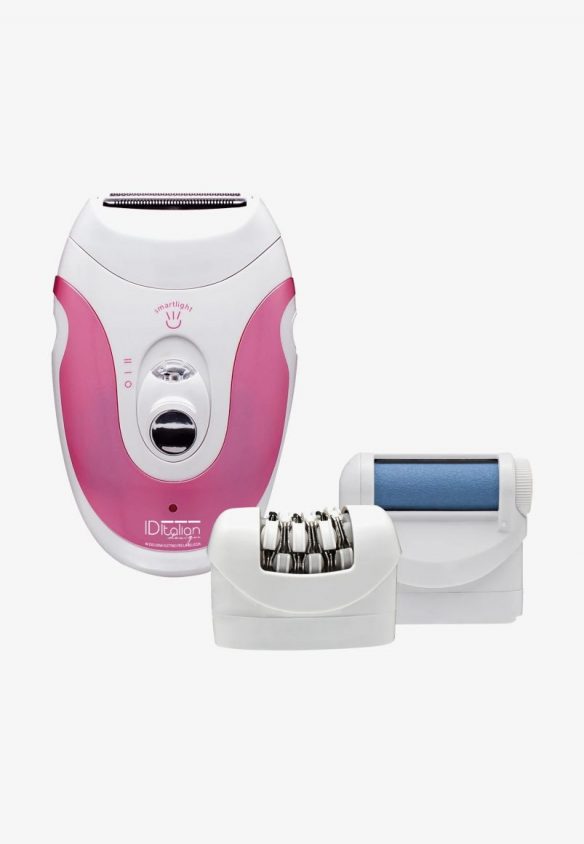
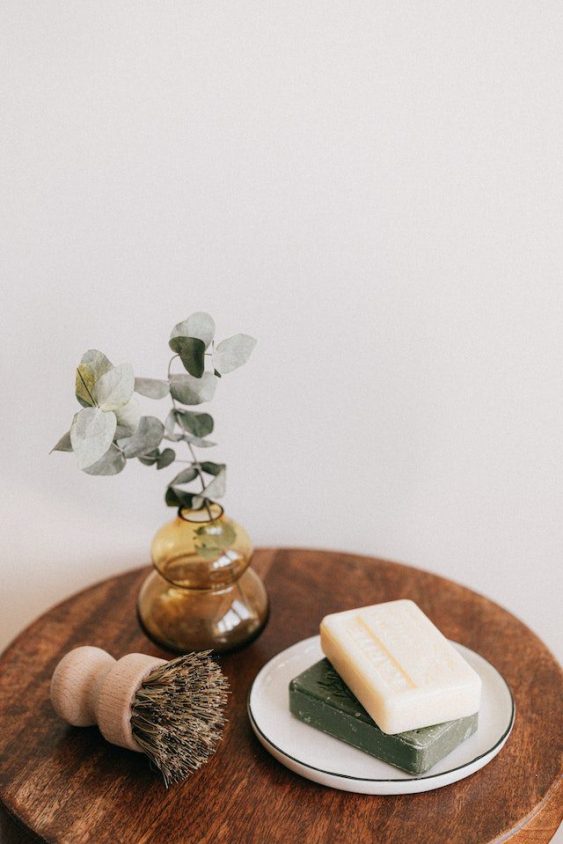
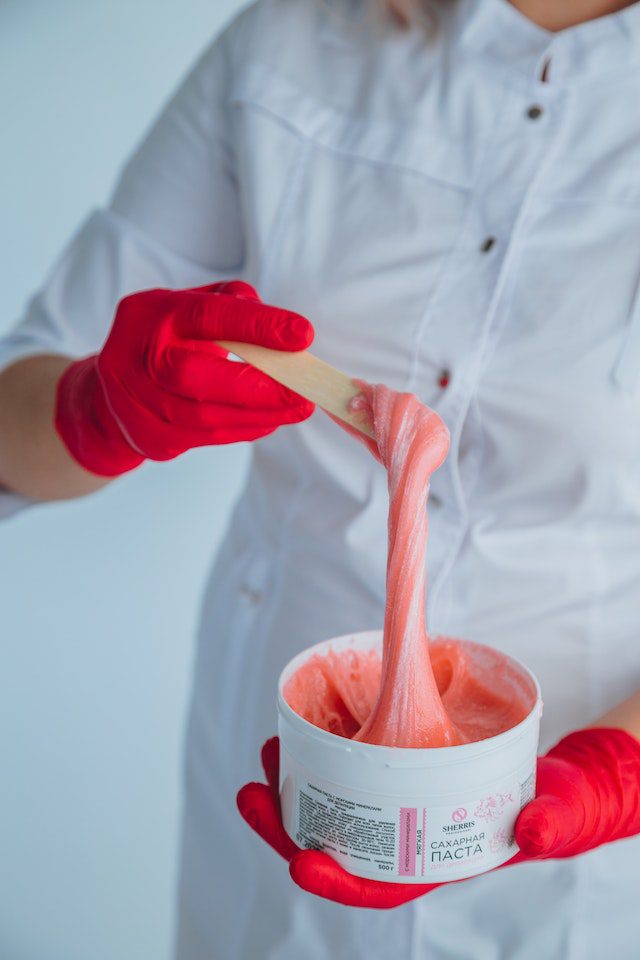

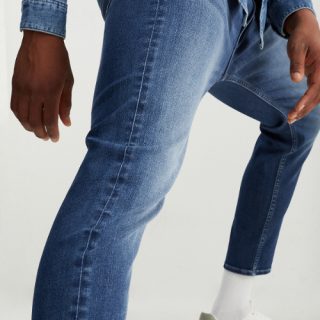



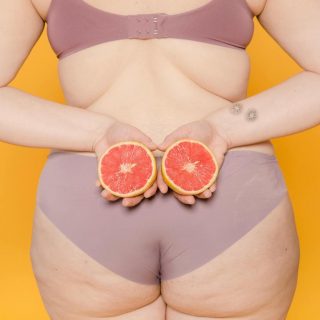








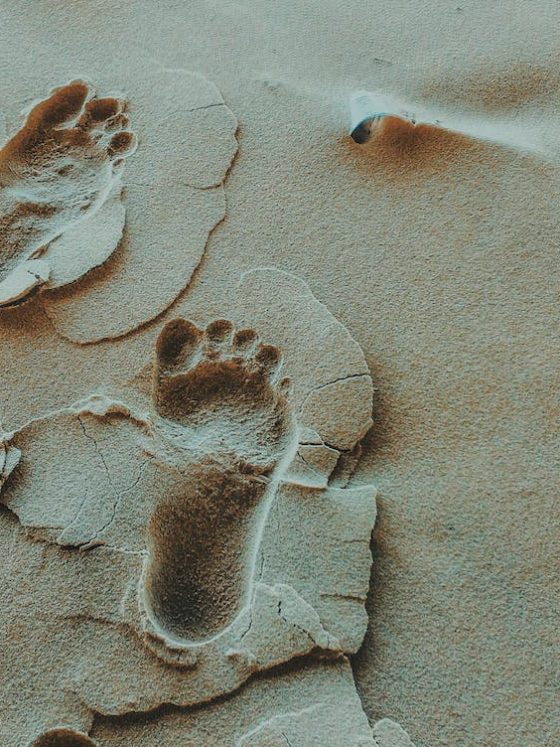
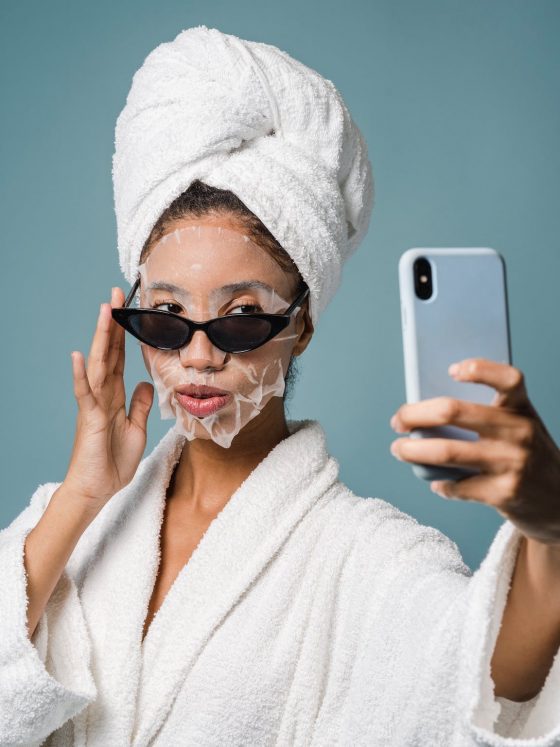
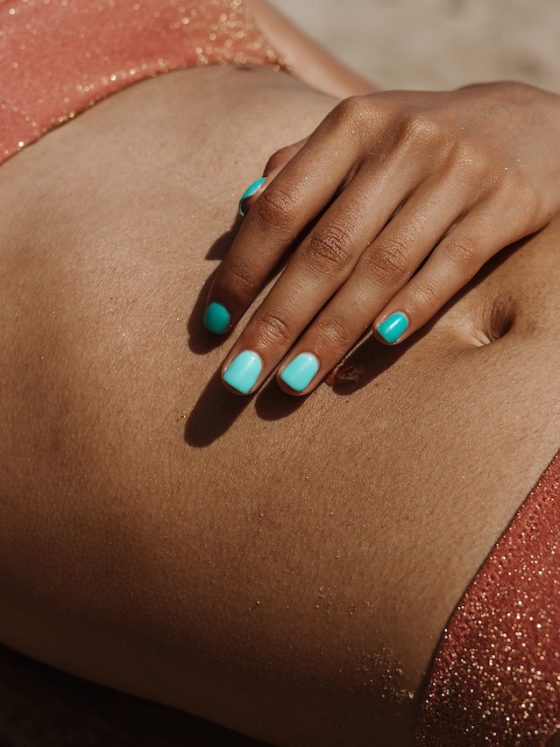
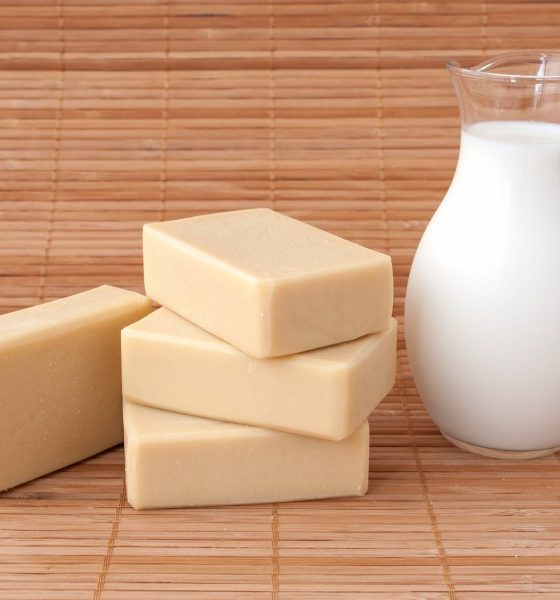



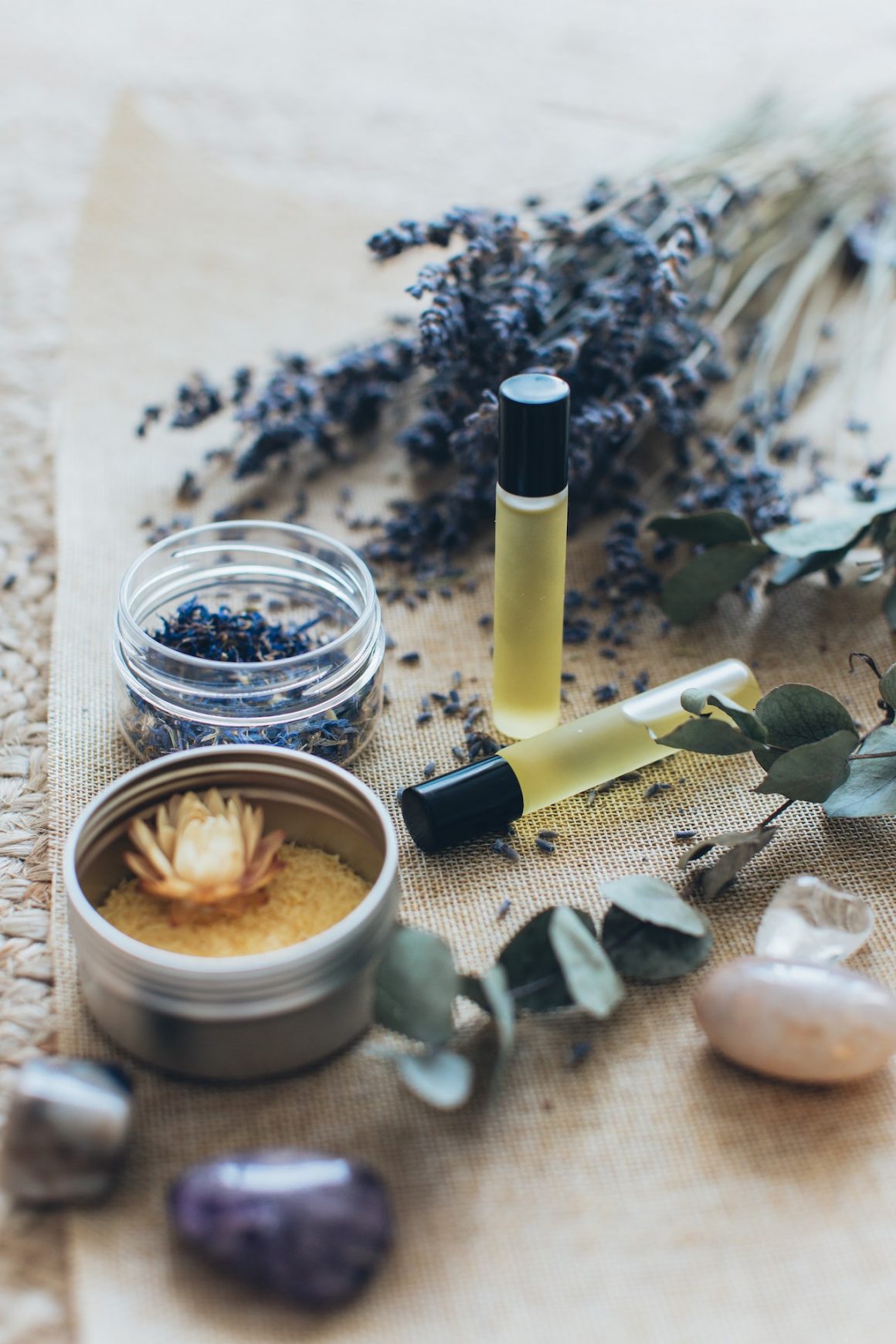






Follow us on Instagram